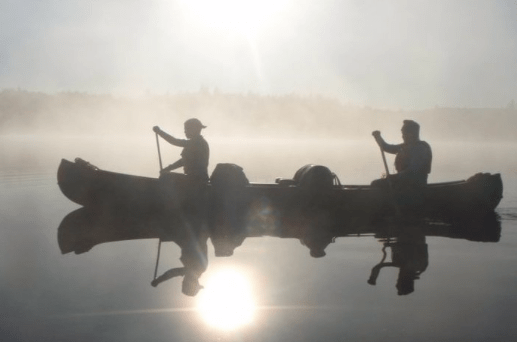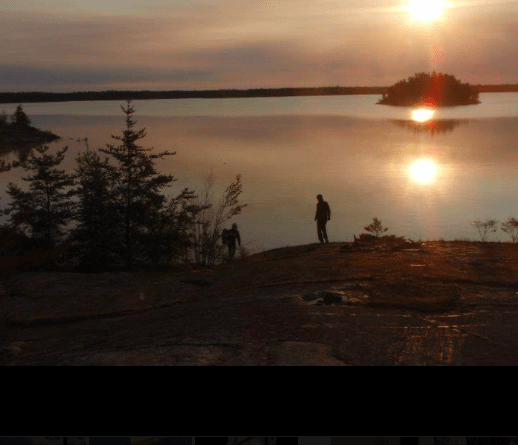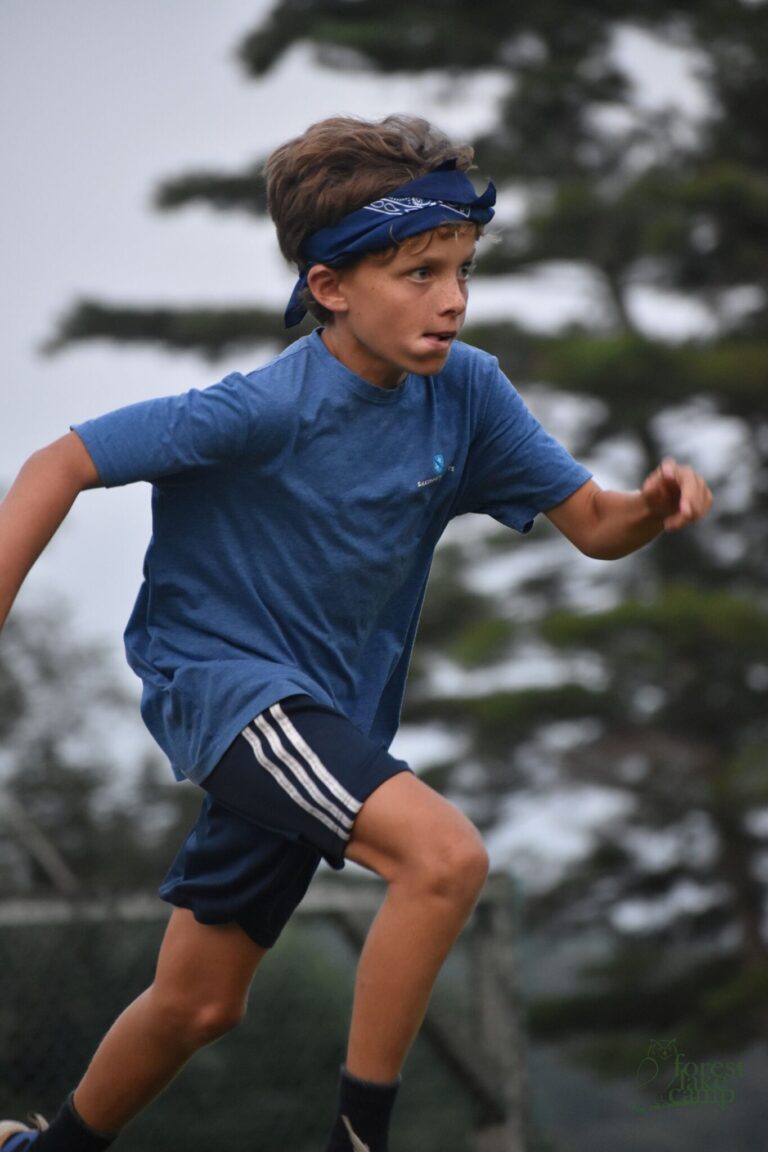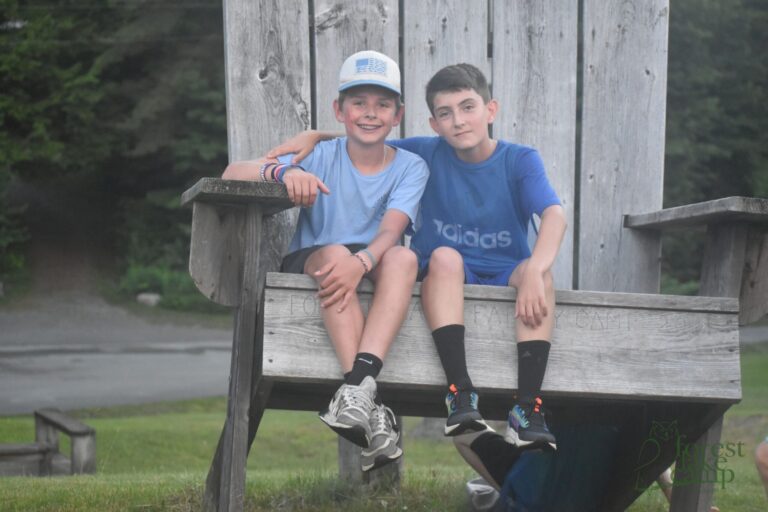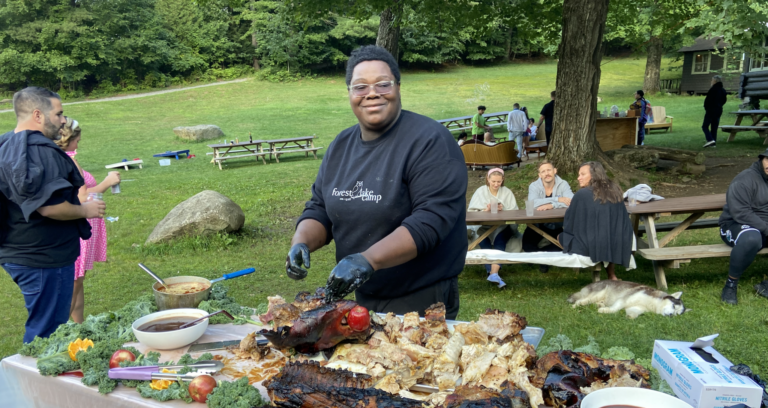“Seeing each familiar face in stars that kept the moments long
the lake reflects the loon call’s echo
as it repelled, repeated, free
remember the first time you hugged me?” – A poem about the Boundary Waters
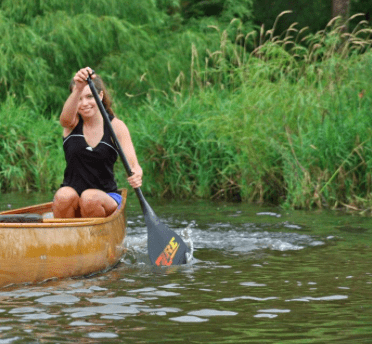 Drip, drip, swing. Drip, drip, swing. My childhood was spent in a canoe. I learned how to paddle before I could walk. Swish. A canoe trip begins with waking in hazy pre-sunrise blueness, packing a bag for the next month, and hearing the sound of a paddle pulled through water. Just like FLC teaches campers the strength to face challenges, the fun in getting dirty, and the peace in reflecting in nature, I first learned all of this in the Boundary Waters. This wilderness shaped me as a person. And like camp, you have to experience it for yourself.
Drip, drip, swing. Drip, drip, swing. My childhood was spent in a canoe. I learned how to paddle before I could walk. Swish. A canoe trip begins with waking in hazy pre-sunrise blueness, packing a bag for the next month, and hearing the sound of a paddle pulled through water. Just like FLC teaches campers the strength to face challenges, the fun in getting dirty, and the peace in reflecting in nature, I first learned all of this in the Boundary Waters. This wilderness shaped me as a person. And like camp, you have to experience it for yourself.
In Northern Minnesota, we have the most visited wilderness area in the country. The Boundary Waters Canoe Area (BWCA) is pristine canoe country. Thousands of lakes, rivers, and wetlands span a one million acre forest to create an interconnected inland sea.
For the past 95 days, since the day I left Forest Lake, I have been on a journey to protect this wilderness canoe area. As National Geographic Adventurers Dave and Amy Freeman PADDLE a canoe from Minnesota to Washington DC, I drive along side them, sleeping in my car and organizing events at schools, libraries, and community centers along the way. They run an organization called the Wilderness Classroom that teaches 85,000 students around the world about the wilderness. But this journey is also about the Boundary Waters. With over 12 companies trying to mine copper near the Boundary Waters, we are worried that the wilderness will be polluted. So they are paddling to DC to get President Obama’s attention and ask him to protect our lakes.
The Adirondack’s and the Boundary Waters are connected in many ways. The Adirondack’s are the Boundary Waters with mountains. Many New Yorkers travel to Northern Minnesota to enjoy the wilderness destination of our lakes. Unlike the Adirondacks, the one million acres of the BWCA are undisturbed by motors or houses.
My road trip as the support crew has taken me from Northern Minnesota down the south end of Lake Superior and across the traditional voyageur canoe route across Canada. When we began our journey down the Hudson River, my two worlds merged. FLC’s community has generously given me a place to stay along my journey. A long list of FLC staff, campers and alumni, including the DiFalco’s, Devlin’s, Kravitz’s, and Heather York, have welcomed me into their homes to support this couch surfing journey. Spending Thanksgiving with the Cullen family is just another example of the warmth and kindness that makes a world of difference to me as I am missing my family on this holiday.
I am so grateful to be a part of a community that is so generous. Nothing is more beautiful than the first time you realize that these are lifelong friendships that can exist outside of summer.
Next week, the 100 day journey to Washington DC will be over. Dave and Amy will paddle into the capitol on the Potomac River, as I drive alongside. Thank you to the FLC community for supporting me for the past three months! If you would like to learn more about our journey, check out our website at paddletodc.org and sign the petition, read my blog, or watch our short film about saving the Boundary Waters.

